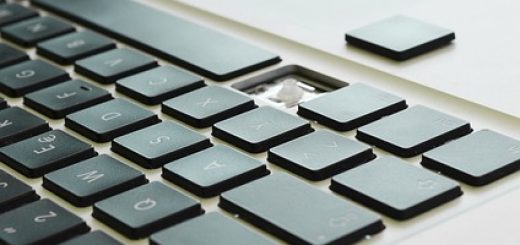How to make use of PC maintenance and diagnostics tools
If you have some troubles with your computer, i.e., it started working slowly, internet browser is like a tortoise, half of PC programs won’t start, there are some computer diagnostics tools that can help you save time and money. You don’t necessarily have to take it to an expensive computer repair shop or technician. You can run computer diagnostics yourself by applying a few easy steps below.
1. Installing and running free or charged antivirus and antispyware software.
2. Visiting some tech blogs, forums or sites that can offer help.
3. Running free registry fixers to tune up your PC system registry.
4. Running a benchmark test, which will show your hardware capabilities and compatibility between interdependent parts.
5. Update your computer hardware drivers. It can be done either through computer device manager panel or by running a software for hardware driver updating, backup, restoration and removal.
6. If point 4 requires updating and renewing your hardware parts, try to add some hardware. RAM, Hard drive and processor are the easiest to change, though they would require more advanced PC knowledge.
Depending on the type of your computer misbehavior, some of these steps can help you find a root of your problem and fix it.
If you are experiencing troubles with you PC speed, it might be RAM or your hard drive that is letting you down. In this case, you should determine whether you should fix it in a software or hardware level. If your hard drive is going down, you may have to change it, unless running a specific hard drive testing and fixing application fixes the problem. Hard drives can be for laptops or desktops, with IDE or SATA connectors. Newer PC’s have mostly SATA connectors, you just have to be careful and not confuse it between laptop and desktop drives. Desktop hard disks are bigger, usually 3.5 inch thick. Laptop disks are thinner with 2.5 inch size.
Anyway, seek a technician or consultant help when choosing. When you know what kind of drive you have, then you can run some software depending on your model. If that does not help, you should check your RAM (random access memory) functionality. Any software you may think of, runs using RAM resources and it also takes up part of a computer’s memory. Run some PC performance testing software, like AIDA 64. You may also download memory test programs like Memtest86.
The best computer maintenance and repair knowledge base is Google. It is the largest database on the face of the Earth. No one needs a college degree to read about hard drive or computer crashes. Usually posts are made by people who came across the same problem and tried to solve it. This is the best side of the story. In other words, if you came across some kind of a problem, there is a 99% probability, that someone else had already encountered the same crash. All you need to do is just reading the solution on how to fix it. There is a slight disadvantage – you do need to have an internet connection. Of course, not everyone posts a comment about how they solved their problem, therefore sometimes (very rare cases) it happens that a user just does not get or can not find an answer to his questions.
Different tech forums are the best thing for information and fixes. The guys who read and write posts usually are more aware of your problems than any other average user.
Another option is a PC health scan and a free computer check-up online. Usually, these internet scans include all PC hardware: computer motherboards, CPUs, hard drives, RAM memory, and so on. However, you still need internet connection. Another thing – be sure, these scans come from a trusted and verified sites, otherwise you may lose valuable information from your computer; for example, your credit card information. So make sure to check these free computer scans offering sites.



RECENT COMMENTS